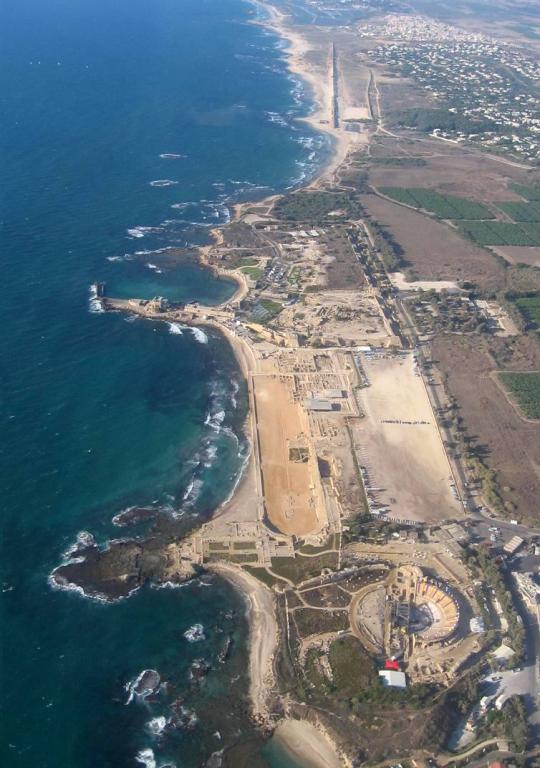
(Wikimedia Commons)
Continuing with the discussion:
Furthermore, when Yasir Arafat fled Jordan after “Black September,” he was welcomed in Lebanon by the Muslims and the Druze, who saw the PLO as an ally—another private army, and one with considerable battle experience—against their stubborn Maronite Christian opponents. The Maronites, for their part, grew increasingly furious at the fierce retaliation drawn upon Lebanon by PLO-launched raids into the Jewish state. They demanded a Jordanian-style solution to the problem and asked the Lebanese army to commence operations. Unsurprisingly, Muslim leaders refused to cooperate. The result was the near total breakdown of the Lebanese government.
But the private Christian militias—the Phalangists and the Chamoun family’s Tigers—were available, and Maronite leaders turned to them for what they could not get from the national government. To their great disappointment, though, they soon learned that their militias were not strong enough to destroy the PLO, much less the PLO’s Muslim allies. But neither were the Muslims strong enough to put a definitive end to their Christian attackers. In the ensuing chaos of fatal violence and vengeance, Lebanon dissolved. The civil war had begun. The PLO and various Muslim militias operated out of southern Lebanon—which was conveniently situated for raids into Israel—and western Beirut, while the Christian warlords consolidated their hold on eastern Beirut and their traditional base on Mount Lebanon.
This had negative consequences for the PLO, as Thomas Friedman explains:
As the PLO got spoiled in Beirut, it turned from an ascetic, authentic, and even courageous young guerrilla organization living primarily in the hardscrabble hills of south Lebanon and trying to lead an armed struggle against Israel, into a rich, overweight, corrupt quasi army and state, complete with bagpipe bands, silver Mercedes limousines, and brigades of desk-bound revolutionaries whose paunches were as puffed out as their rhetoric.[1]
The organization gave up its relatively effective guerrilla warfare techniques and tried to convert itself into something like a regular army, complete with ranks and chauffeurs and old Soviet-made T-34 tanks. These were useful, perhaps, for dealing with the other warring militias in Lebanon, but they were useless against the Israelis, whose competent and ultramodern military could beat the PLO in any conventional battle.[2]
[1] Friedman, From Beirut to Jerusalem, 123.
[2] Thomas Friedman discusses this at From Beirut to Jerusalem, 123-24. The Palestinians thus furnish yet another instance of the phenomenon of “premature regularization,” a persistent error made by guerrilla leaders, which I have discussed elsewhere in connection with the Gadianton robbers. See Daniel C. Peterson, “The Gadianton Robbers as Guerrilla Warriors,” in Warfare in the Book of Mormon, edited by Stephen D. Ricks and William J. Hamblin (Salt Lake City and Provo: Deseret Book and the Foundation for Ancient Research and Mormon Studies, 1990), 146-73.
Posted from Jerusalem, Israel










